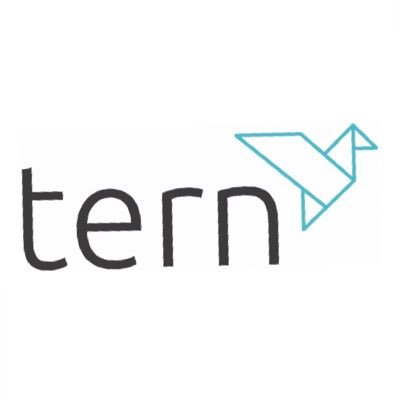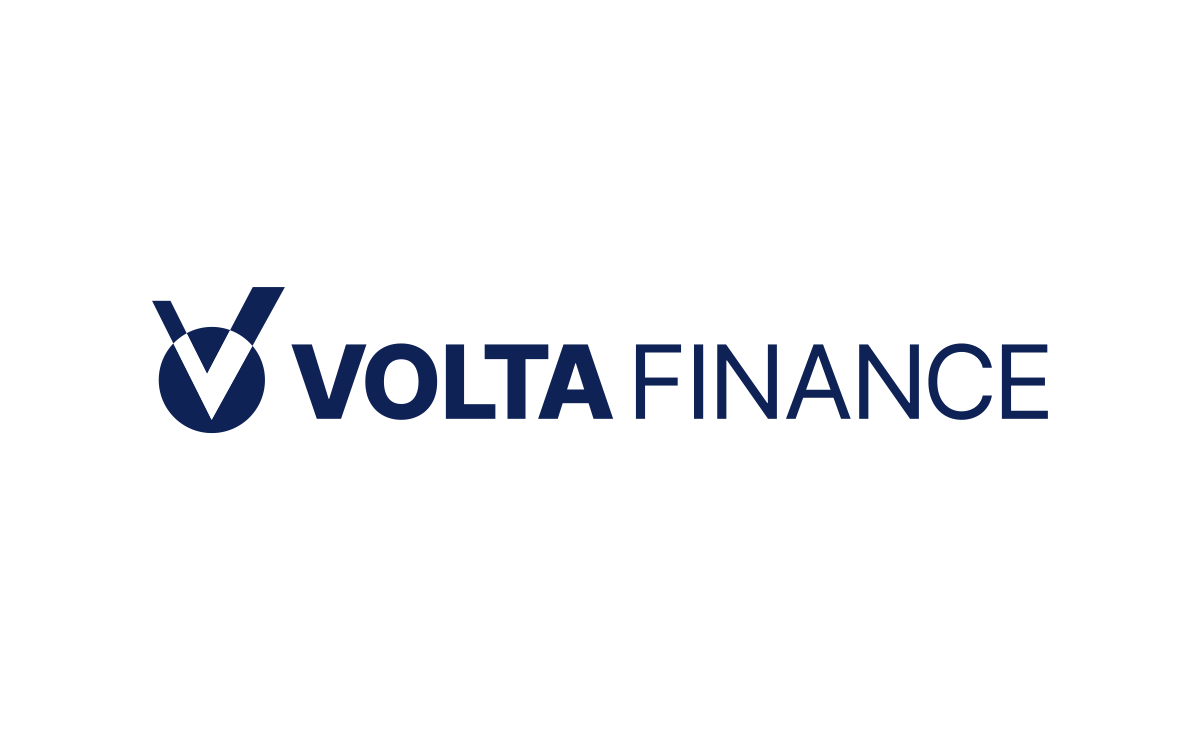The Internet of Things (IoT) is expanding at a staggering pace, transforming industries and connecting every corner of our digital lives. Projections show that by 2030, over 75 billion connected devices will be in operation globally, a monumental leap from the 12 billion seen in 2020. This massive proliferation of devices brings immense opportunity but also creates an expanding risk landscape that businesses cannot afford to ignore. Among the most urgent of these risks is the vulnerability of unsecured IoT devices, which are increasingly being used as gateways for cyberattacks on critical systems.
A stark reminder of this reality emerged in 2020 when cybercriminals infiltrated a water treatment facility in Florida through unprotected IoT devices. They gained access to critical control systems and manipulated chemical dosing levels, putting thousands of lives at potential risk. This incident is not an isolated case but part of a troubling trend of attackers targeting IoT as the weakest link in securing critical infrastructure. These devices often lack the robust protection found in traditional IT systems, making them easy targets for exploitation.
The threat landscape is evolving even faster with the rise of AI-powered cyberattacks. These attacks can identify weaknesses, adapt strategies, and launch at machine speed—overwhelming traditional security teams who rely on manual processes. The National Institute of Standards and Technology (NIST) recently highlighted these risks in its whitepaper, Toward Automating IoT Security. It offers a clear call to action: organisations must move toward automated, scalable security solutions to defend against the sheer speed and sophistication of modern cyber threats.
Manual security models no longer suffice. The sheer scale, diversity, and mobility of IoT environments render traditional IT-centric approaches ineffective. Manual provisioning, certificate management, and access controls introduce human error, delay response times, and ultimately leave businesses exposed to costly breaches and operational failures. NIST stresses the importance of automation through zero-touch provisioning, automated identity lifecycle management, and continuous trust assessments as critical pillars for securing IoT ecosystems.
Device Authority’s KeyScaler platform answers this challenge with precision. Built specifically to address the demands outlined by NIST, KeyScaler provides complete automation of device identity lifecycle management. From the moment a device connects to a network, KeyScaler handles secure onboarding, manages machine identities, applies policy-driven access controls, and ensures continuous trust—all without manual intervention. Its intelligent use of a device’s Software Bill of Materials (SBOM) further strengthens security assurance.
KeyScaler’s automation capabilities extend to zero-touch provisioning, allowing enterprises to onboard devices securely at scale without human error. It eliminates the operational burden of certificate management by automating issuance, renewal, and revocation of PKI certificates. This not only prevents costly outages but also ensures that critical IoT devices remain protected throughout their lifecycle. Its policy-based identity management extends security policies to unmanaged devices operating at the edge, protecting data at rest and in transit through scalable encryption and secure updates.
By leveraging AI, KeyScaler enables enterprises to respond to threats at machine speed, using intelligent agents to automate security actions and surface critical insights. Integration with Microsoft CoPilot adds an extra layer of visibility and control, transforming how businesses manage security across their IoT and operational technology (OT) environments.
Industry leaders such as Microsoft and CyberArk have already recognised Device Authority as a trusted partner in securing complex IoT ecosystems. These partnerships reinforce the market’s confidence in KeyScaler as a pivotal solution for automated machine identity security. Together, they deliver an integrated, automated identity security framework that meets the needs of global enterprises navigating digital transformation.
Device Authority is bringing these capabilities to life at the RSA Conference in San Francisco this year. Attendees have the opportunity to experience KeyScaler firsthand and explore how it can secure their IoT environments with unmatched automation and intelligence. For those looking to trial the platform, KeyScaler as a Service (KSaaS) is available for free in the Azure Marketplace, giving businesses a risk-free way to experience the future of automated IoT security.
Device Authority is the leader in automated machine identity management for IoT and OT environments. Its KeyScaler platform helps enterprises secure critical assets by automating identity lifecycle management, providing zero-touch provisioning, and delivering policy-driven security at scale.
Tern plc (LON:TERN) backs exciting, high growth IoT innovators in Europe. They provide support and create a genuinely collaborative environment for talented, well-motivated teams.










































